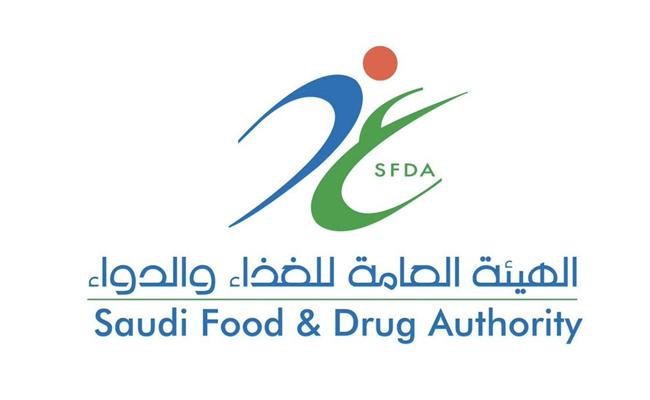

- Hajj And Omrah
-
About SFDA
About SFDA
SFDA in vision 2030
Authority Strategy
Career and Life
- Information Lists
-
Areas
- Consumer Corner
- Media Centre
- Eservices
Use of nucleoside reverse transcriptase inhibitors and risk of myocardial infarction in HIV-infected patients
Use of nucleoside reverse transcriptase inhibitors and risk of myocardial infarction in HIV-infected patients
Use of nucleoside reverse transcriptase inhibitors and risk of myocardial infarction in HIV-infected patients
2008-04-30
Whether nucleoside reverse transcriptase inhibitors increase the risk of myocardial infarction in HIV-infected individuals is unclear. Our aim was to explore whether exposure to such drugs was associated with an excess risk of myocardial infarction in a large, prospective observational cohort of HIV-infected patients.
We used Poisson regression models to quantify the relation between cumulative, recent (currently or within the preceding 6 months), and past use of zidovudine, didanosine, stavudine, lamivudine, and abacavir and development of myocardial infarction in 33 347 patients enrolled in the D:A:D study. We adjusted for cardiovascular risk factors that are unlikely to be affected by antiretroviral therapy, cohort, calendar year, and use of other antiretrovirals.
Over 157 912 person-years, 517 patients had a myocardial infarction. We found no associations between the rate of myocardial infarction and cumulative or recent use of zidovudine, stavudine, or lamivudine. By contrast, recent—but not cumulative—use of abacavir or didanosine was associated with an increased rate of myocardial infarction (compared with those with no recent use of the drugs, relative rate 1·90, 95% CI 1·47–2·45 [p=0·0001] with abacavir and 1·49, 1·14–1·95 [p=0·003] with didanosine); rates were not significantly increased in those who stopped these drugs more than 6 months previously compared with those who had never received these drugs. After adjustment for predicted 10-year risk of coronary heart disease, recent use of both didanosine and abacavir remained associated with increased rates of myocardial infarction (1·49, 1·14–1·95 [p=0·004] with didanosine; 1·89, 1·47–2·45 [p=0·0001] with abacavir).
There exists an increased risk of myocardial infarction in patients exposed to abacavir and didanosine within the preceding 6 months. The excess risk does not seem to be explained by underlying established cardiovascular risk factors and was not present beyond 6 months after drug cessation.
The lancet, Volume 371, Issue 9622, 26 April 2008


